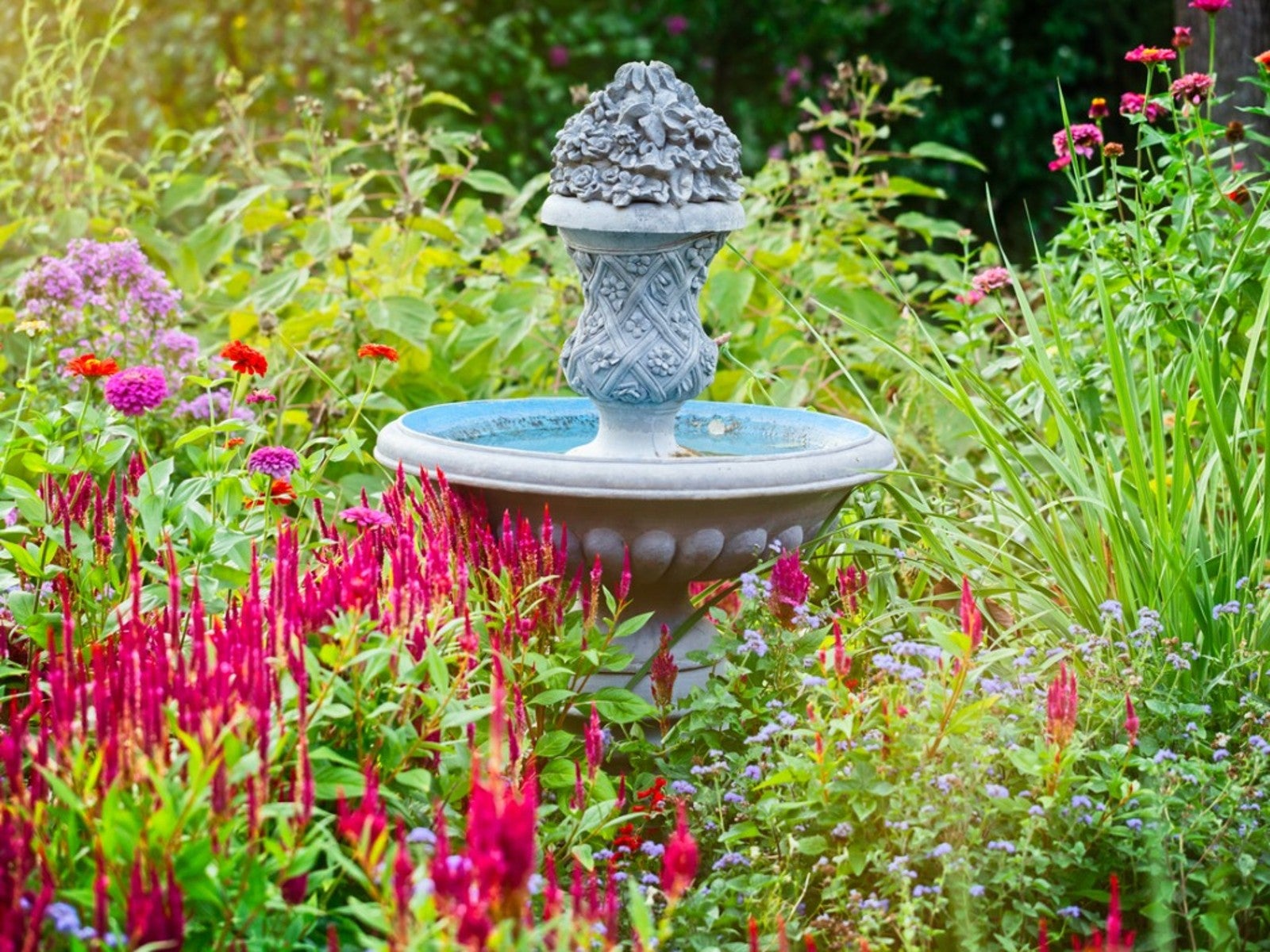Annual Bedding Plants For Summer


Flower bed annuals are some of our first pops of color in spring. They jumpstart the summer season, brightening the landscape often before warm season bulbs and perennials. Bedding flowers may not last more than one season, but they are a bargain when it comes to instant gratification and cheerful colors. In most zones, there are numerous types of flowering bedding plants to beautify garden beds.
Every year there are new releases of hybrids and specialized bedding plants. Many are award winning performers, while others are simply new plays on the old species. Choosing good plants for flower beds relies upon knowing your zone, soil type, and sun exposure. There truly is something for everybody in the annual plant selection.
Fun New Releases in Bedding Plants
The name "bedding plants" is not a botanical moniker, but simply refers to the way in which they are commercially grown. Generally, these are started and brought to flower in greenhouses. Spring sees the touting of the top performing bedding annuals. Some of these have been bred to showcase new colors, variegation, or form, while others are more disease or pest resistant than their parents. Developing plants that no longer produce thorns, bloom longer, or flower in lower lighting are also desired traits. Annually, there are new offerings for plantophiles who seek the chicest choices for their gardens. Many of our most common flowering bedding plants like petunias, offer a dizzying array of options.
Selecting Bedding Plants
Most bedding plants are ready for planting in the spring and summer season. A few are available for year-round use depending upon mildness of zone. There are also semi-hardy annuals that can tolerate a bit of frost. These are flowers like pansies, forget-me-nots, sweet Alyssum, snapdragons, and love-in-the-mist. In many regions these can be planted as early as February or as soon as they show up in nurseries. Bedding plants are often part of containers and hanging baskets. In these cases, it is best to wait until ambient temperatures warm a bit before installing the plants. Bedding annuals like well draining soil, with adequate nutrients, and perform well if given some time release fertilizer at planting.
Options for Flower Bed Annuals
Whether you want only certain colors or a riot of hues, there are plenty of choices available in the flowering annual world.
- Impatiens
- Petunias
- Pinks
- Nicotiana
- Zinnia
- Salvia
- Calendula
- Diascia
- Lobelia
- Cleome
- Begonia
- Cosmos
- Calibrachoa
- Geranium
- Strawflower
- Sweet Pea
- Nasturtium
After planting, the annuals will need frequent water to establish well. A general rule is to check plants two to three times per week and water if soil is dry to the touch. A time release fertilizer will feed the plants all season and encourage blooms. Deadheading of some species will also increase flowering and keep plants looking tidy.
Sign up for the Gardening Know How newsletter today and receive a free copy of our e-book "How to Grow Delicious Tomatoes".

Bonnie Grant is a professional landscaper with a Certification in Urban Gardening. She has been gardening and writing for 15 years. A former professional chef, she has a passion for edible landscaping.